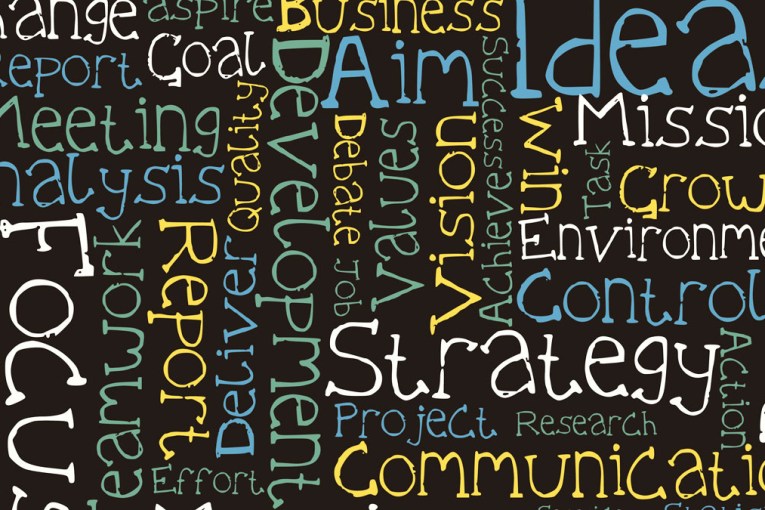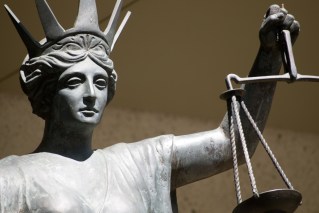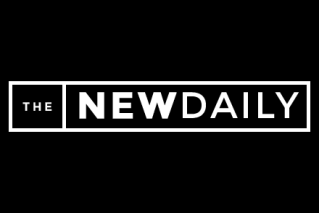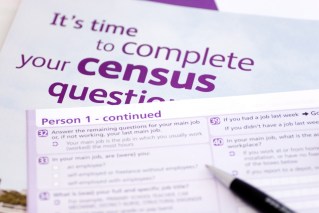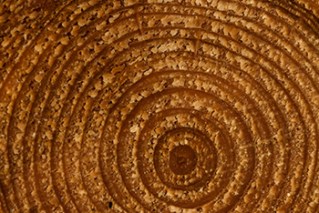Australia’s wealth gap continues to grow wider
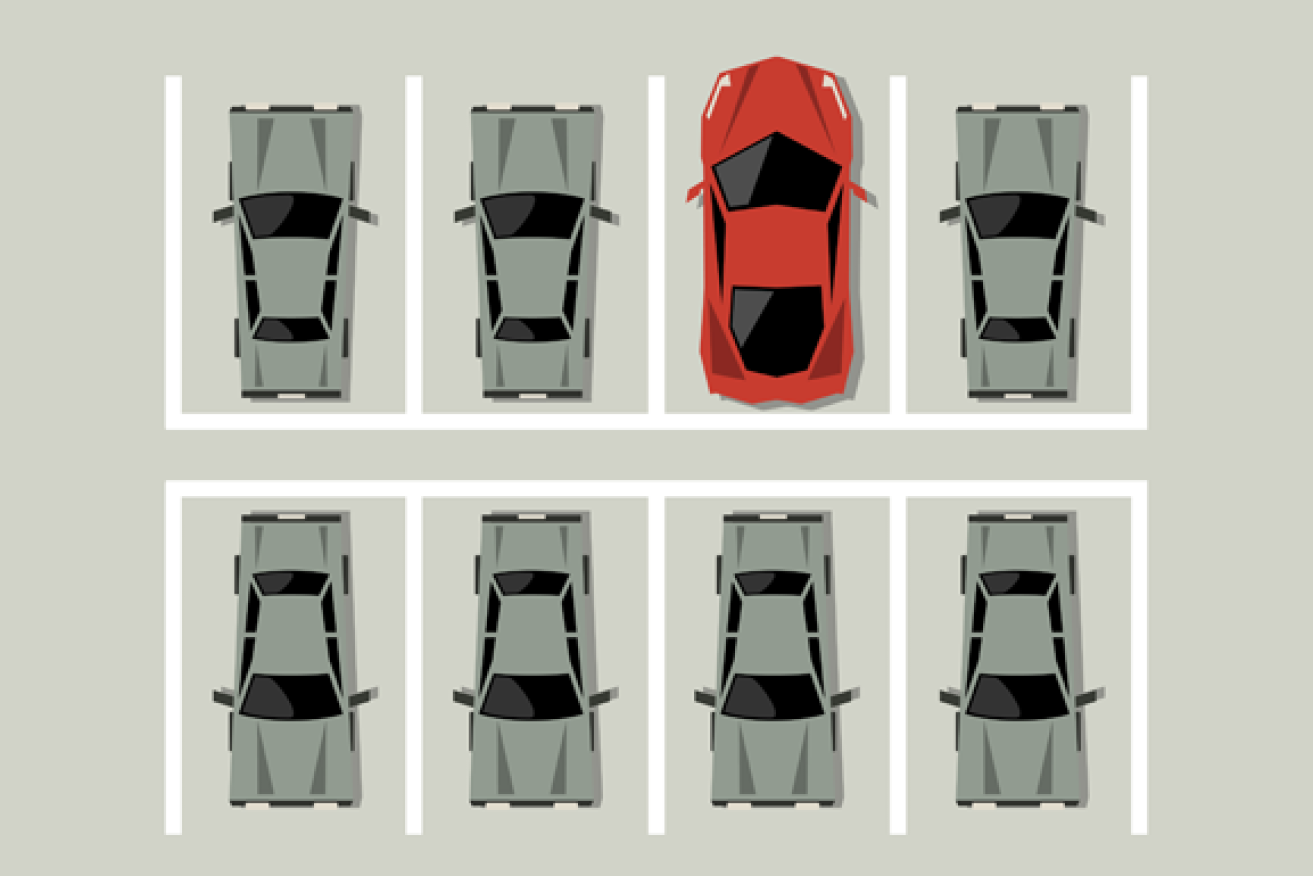
Shutterstock
The middle and lower classes are haemorrhaging money to the rich, a new report has revealed.
Both overall wealth and income inequality have worsened in Australia in recent decades, welfare advocacy group ACOSS warned on Monday.
The problem has become so bad that one-tenth of the richest Aussies now hold almost half (45 per cent) of the entire nation’s wealth.
• Pay packets: how does your wage compare?
• Nicki Minaj: how women can make more money
• Your pay packet has been slashed: report
• Knowing these three things will save you money
“Over the last 20 years the share of income going to those at the top has risen, while the share flowing to those in the middle and at the bottom has declined,” ACOSS chief executive Dr Cassandra Goldie in a statement.
“The same is true for wealth, with the bottom and middle losing ground to those at the top.”
 The richest fifth of Aussies increased their wealth by 28 per cent from 2004 to 2012, while the poorest fifth gained a measly three per cent, the report said. As a result, the richest people are now 70 times better off than the poorest.
The richest fifth of Aussies increased their wealth by 28 per cent from 2004 to 2012, while the poorest fifth gained a measly three per cent, the report said. As a result, the richest people are now 70 times better off than the poorest.
A leading cause was unfair wage growth. From 1995 to 2012, the richest fifth increased their income by 2.3 per cent per year, the middle class by two per cent, and the poorest by 1.8 per cent.
Tax concessions were reportedly another cause. These incentives for real estate, share market and superannuation investments benefitted the richest the most, the report found.
The richest fifth own 80 per cent of the nation’s shares and investment properties, and more than 60 per cent of funds in superannuation.
Australia’s level of wealth and wage equality has regressed so far that it is now below average among the world’s 33 other highly developed economies.
The Greens responded to the bad news by calling for immediate reform to the nation’s financial and taxation systems to prevent “intergeneration poverty”.
“We need to be addressing these issues now, that means we need to be addressing our taxation system, superannuation and our social safety net to ensure the most vulnerable have sufficient support so they are not condemned to live in poverty,” Greens Senator Rachel Siewert said in a statement.
“This report should act as an another signal to the government to make sure they do commit to fixing our unfair taxation and superannuation systems.”
The findings received little response from the major political parties.
The wage gap was found to differ across the states and territories, with Tasmanians the worst hit. Western Australians fared best, thanks to the mining boom.
NSW, Victoria and Queensland had a more even representation of residents across the income spectrum, while South Australians were more likely to be found at the bottom or middle.
Those living in rural areas were also more likely to suffer inequality, with metropolitan residents comparatively better off on average.
While overwhelmingly negative from a fairness point of view, the ACOSS report did contain some good news. We still manage to compare favourably to the US and the UK, thanks in part to the minimum wage and our tax system, Dr Goldie said.
“Yet we’ve allowed cracks to appear,” she said.
“In a country as wealthy as ours, all citizens should be included and able to realise their potential. In this way we could proudly pursue a fairer, more inclusive society, to advance the common good.”
